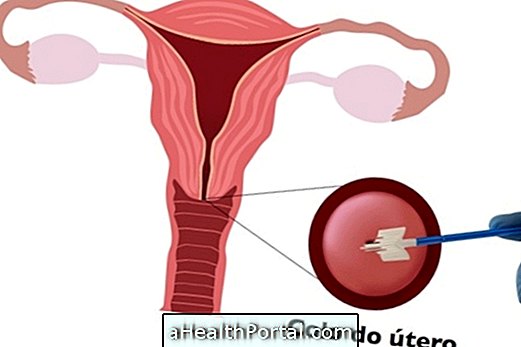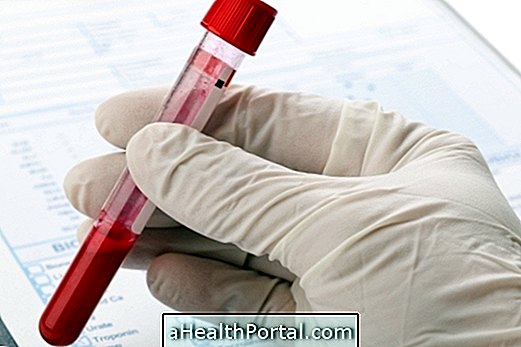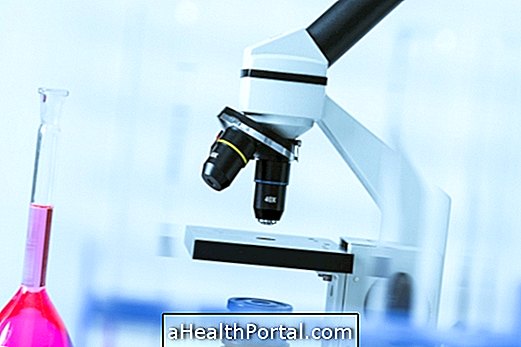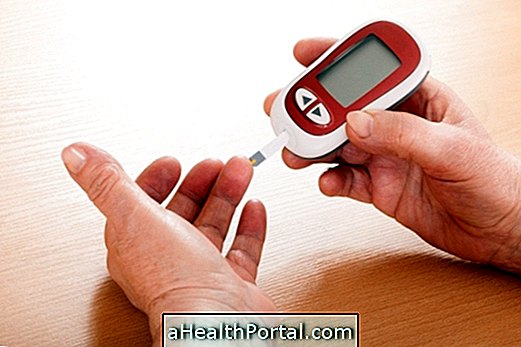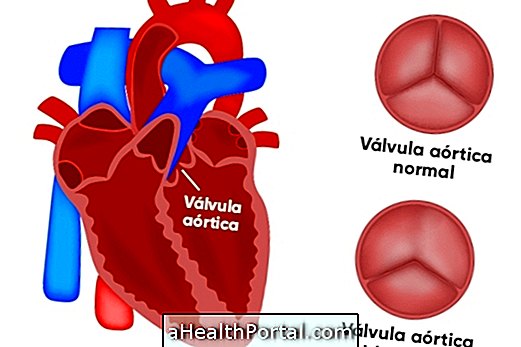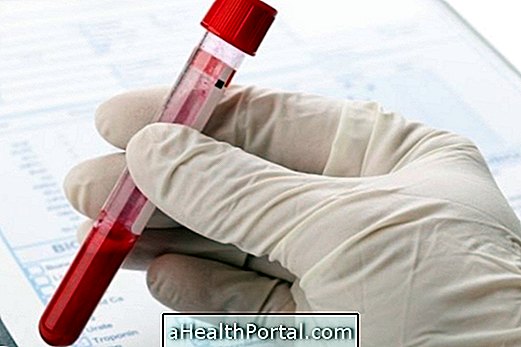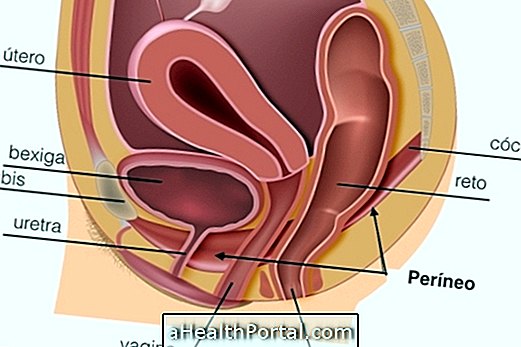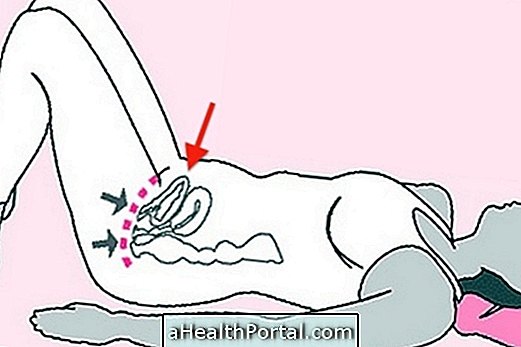The DNA test is done with the purpose of analyzing the genetic material of the person, identifying possible changes in the DNA and checking the probability of the development of some diseases. In addition, the DNA test used in paternity testing, can be done with any biological material, such as saliva, hair strands or saliva. Learn about genetic counseling.
The price of the test will vary according to the laboratory in which it is carried out, the objective and genetic markers evaluated, being able to cost between R $ 400 and R $ 1000, 00 and the result can be released in 24 hours, when the objective is to evaluate the total genome of the person, or a few weeks when the test is done to verify the degree of kinship.

What is it for
The DNA test can identify possible changes in a person's DNA, which may indicate the likelihood of disease development and the chance of being passed on to future generations, as well as being useful to know their origins and their ancestors. Thus, some diseases that the DNA test can identify are:
- Various types of cancer;
- Heart diseases;
- Alzheimer;
- Type 1 and type 2 diabetes;
- Restless legs syndrome;
- Lactose intolerance;
- Parkinson's disease;
- Lupus.
In addition, DNA testing is used to verify the degree of parent-child relationship. For this, you need a biological sample of the supposed son, mother and father, but it can also be done during pregnancy. Find out how the paternity test is done.
How is done
DNA testing can be done from any biological sample, such as blood, hair, sperm or saliva, for example. In the case of DNA testing performed with blood, it is necessary that the collection is performed in a reliable laboratory and the sample is sent for analysis.
However, there are some kits for home collection that can be purchased online or in some labs. In that case, the person should rub the swab contained in the kit on the inside of the cheeks or spit into a container of his own and send or take the sample to the laboratory.
In the laboratory, molecular analyzes are performed so that the whole structure of the human DNA can be analyzed and, thus, to verify possible changes or compatibility between the samples, in the case of paternity, for example. Know the main molecular techniques.
